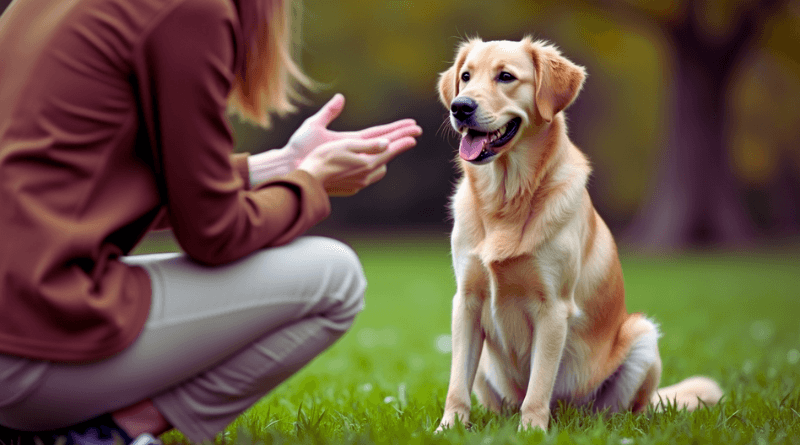Mastering Dog Stay Training is one of the most valuable milestones you can achieve with your dog. At first, teaching your dog to stay might seem challenging, especially if your pet is full of energy and easily distracted. However, a well-taught Stay command not only keeps your dog safe in busy situations but also paves the way for overall better behavior. With the right approach, patience, and plenty of positive reinforcement, Dog Stay Training can become both a fun bonding experience and a key to developing a well-behaved companion.
Understanding Dog Stay Training
At its simplest, Dog Stay Training means teaching your dog to remain exactly where it is until you give a release cue. Begin by having your dog sit or lie down in a calm, secure spot—like a quiet room or a safe, enclosed yard. Clearly say “Stay” and take one small step back. If your dog holds its position, return immediately with a warm word of praise and a treat. This clear and simple explanation ensures that even first-time trainers understand what is expected.
Why Dog Stay Training Matters
A reliable Stay command is much more than a simple trick—it’s a vital safety tool. It prevents your dog from darting into dangerous situations, such as busy streets or unfamiliar areas, and helps during moments when control is essential. Dogs that respond well to Stay tend to be easier to manage overall, making busy days at home, walks in the park, or visits to public places safer and more enjoyable. Every training session builds better communication and trust between you and your pet.
Steps to Master Dog Stay Training
Start in a quiet, familiar space where your dog feels at ease. Ask your dog to sit or lie down, then calmly say “Stay” as you slowly take a step back. If your dog follows the command, quickly return, offer enthusiastic praise, and hand over a small treat. Gradually increase the distance and time your dog must wait. Remember to keep training sessions short—around 5 to 10 minutes—to maintain your dog’s motivation. If your dog moves early, gently guide it back and repeat the process with patience. With consistency and a friendly tone, your dog will learn to hold the Stay command more reliably.
Common Challenges and Simple Solutions
Some dogs may become distracted by noises or visual stimuli, making it harder for them to stay put. If you notice your dog losing focus, reduce external distractions and restart in an even calmer environment. Using high-value treats and ending each session on a positive note can help keep your dog eager to learn. Even if progress seems slow, every small improvement builds towards consistent success.
Taking Your Training to New Heights
Once your dog successfully executes the Stay command in a quiet setting, begin to introduce mild distractions. Practice commands in different locations—like at a park or during a short walk—to show your dog that Stay works regardless of the surroundings. You can also combine Stay with other commands. For example, while your dog stays seated, move slowly to another spot and then call it back. This advanced exercise not only reinforces Stay but also strengthens the overall bond between you and your dog.
Final Thoughts
Teaching your dog to Stay is an investment in safety, discipline, and the lifelong bond you share. With daily, short training sessions full of positive reinforcement, even the most energetic dog can learn this essential command. Remember that every dog learns at its own pace, and the key to lasting results is patience and consistency. Celebrate each small victory along the way, and soon you’ll enjoy a well-trained, confident companion who listens attentively in any situation.
Sources : National Animal Supplement Council, American Veterinary Medical Association

